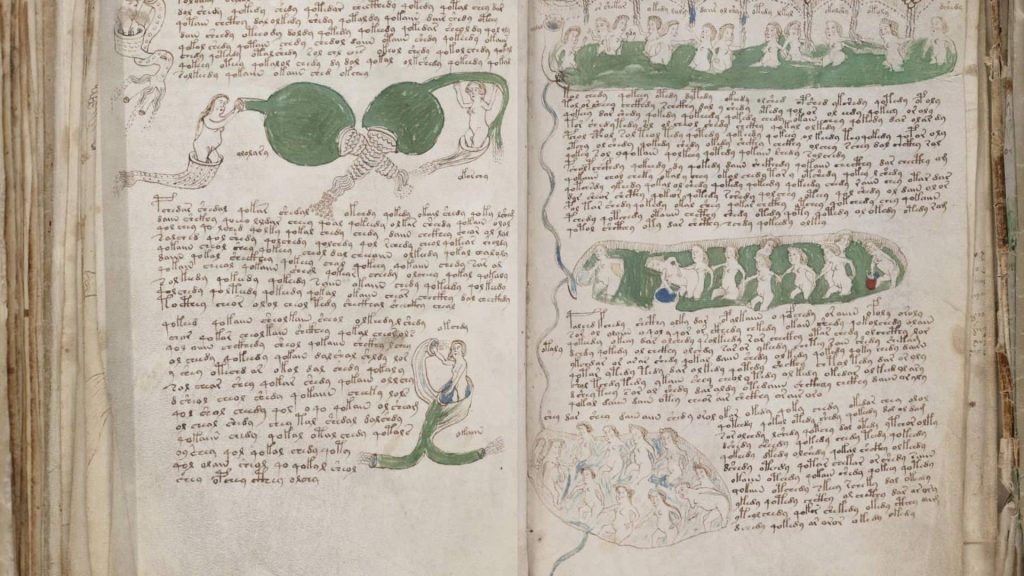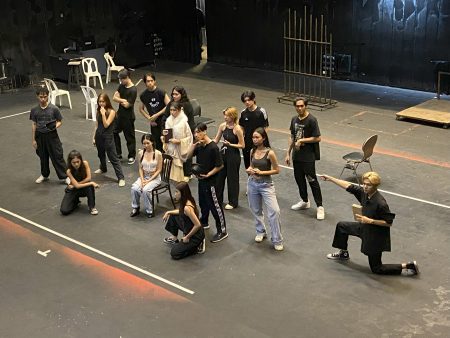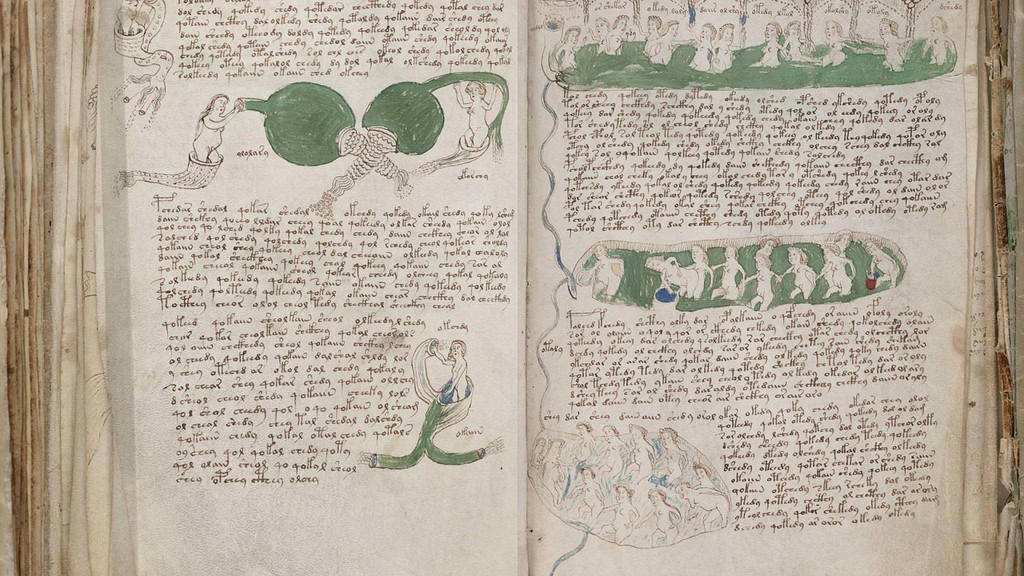
The Voynich Manuscript is a very strange and interesting book. It has 200 pages and is written in unusual symbols that no one has been able to understand. Five different writers were probably involved. were likely part of creating it. The only hints about its content are its colorful and detailed drawings of stars, planets, symbols, plants, and nude women, suggesting themes related to botany, astronomy, biology, and medicine.
The mystery of this old manuscript has drawn the attention of some of the most intelligent people in the world who are trying to decipher its code. Despite their best efforts, not much progress has been made. The speculated purpose of the Voynich Manuscript has varied from being a coded herbal atlas to a book of alchemy recipes. Some people think it's pointless to try to find its hidden meaning and believe it's just an elaborate prank.
However, not everyone has given up on the Voynich Manuscript. In a recent study, Keagan Brewer and Michelle L. Lewis from Macquarie University in Australia have boldly claimed that at least some parts of the manuscript discuss sex, conception, and the female reproductive system — which Medieval doctors referred to as 'women’s secrets'.
The researchers support their argument by closely studying the book’s illustrations and comparing their assumptions with the knowledge of anatomy and medicine in the 1400s.
The mystery of the Voynich manuscript
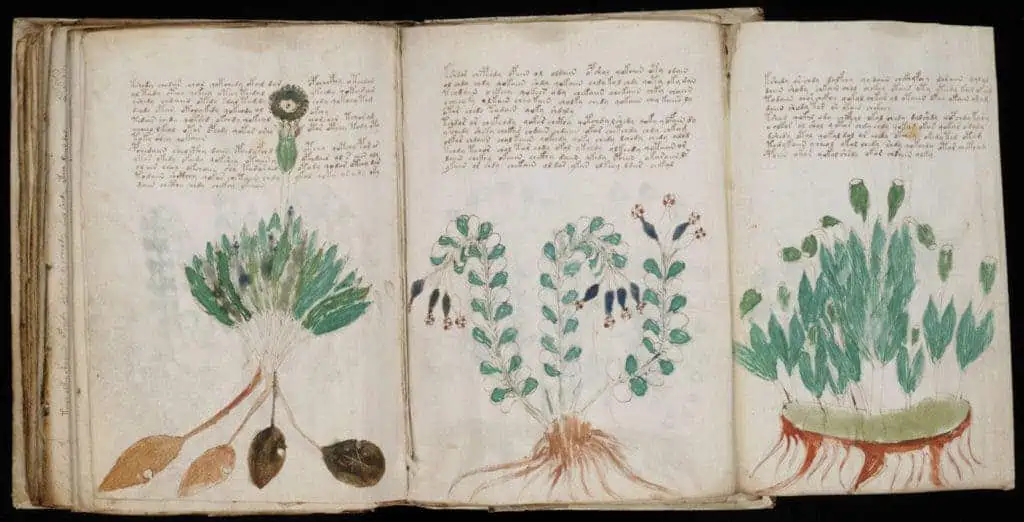
Previous analysis of the vellum (animal skin) used to make the manuscript confirmed that it dates from the Medieval period, sometime between 1400 and 1440. No one knows who exactly wrote it, but certain illustrated zodiac symbols and designs suggest a southern German or northern Italian cultural origin.
After it was completed, the tome changed many hands. The book is believed to have once belonged to Rudolf II (1576–1612), the emperor of the Holy Roman Empire, who was obsessed with alchemy and the occult. It came to modern attention when, in 1912, the manuscript was found by a Polish book dealer named Wilfrid Voynich.
Voynich claimed that Roger Bacon — a 13th-century monk and philosopher — was the original author of the manuscript. Bacon was a controversial figure. He was involved in all areas of science but also the occult, as were most scholars of his time. In a work called The Mirror of Alchemy, Bacon mentions the creation of an elixir that he claimed could not only transmute metals but also prolong life — a Philosopher’s Stone. The original procedure might have been concealed in the enciphered Voynich manuscript.
However, this is all just speculation. Some Voynich enthusiasts point to astrologer/alchemist John Dee as the possible author. Others claim the whole thing is just an elaborate prank by someone taking advantage of Emperor Rudolf’s interest in alchemy. Some even think it was a hoax created by Voynich himself.
Voynich was an astute collector but also a former convict. He served time as a political prisoner in Warsaw and Eastern Siberia, having escaped from both, before arriving in England with fake papers. However, many doubt that Voynich forged the manuscript as the vellum is undoubtedly centuries old. The manuscript is currently held at the Yale University library.
Could this be Censorship from the Middle Ages?
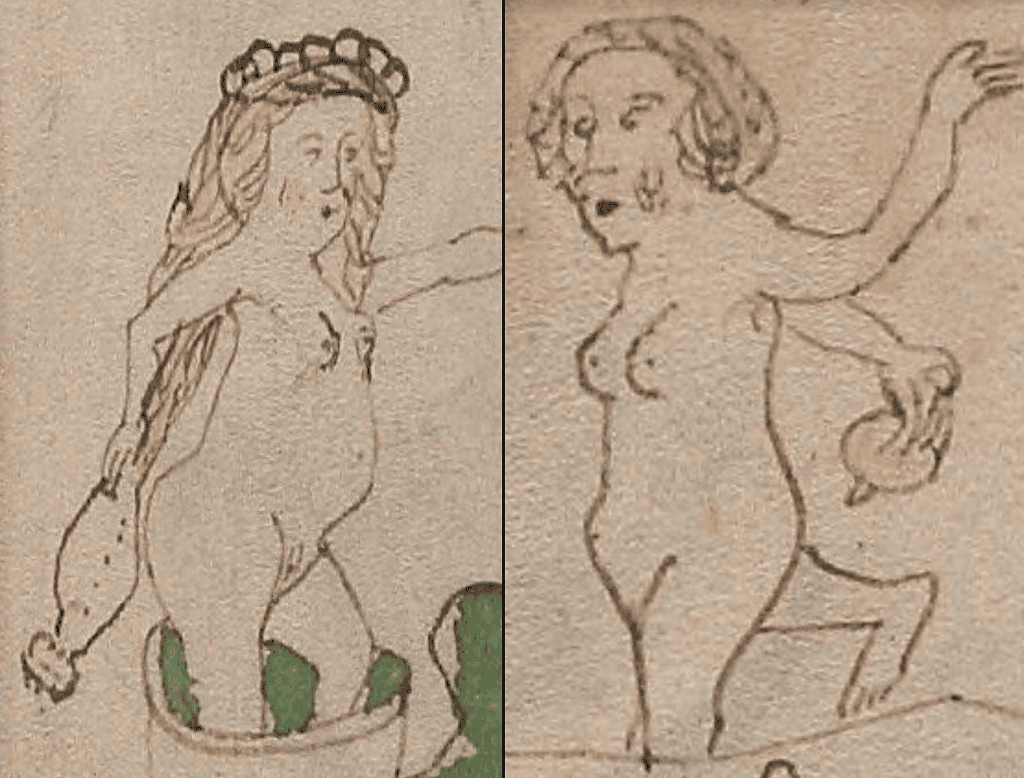
Brewer and Lewis noticed that some of the drawings feature unclothed women holding things pointing to their private parts. This initial discovery led them to delve into a complex investigation of late-medieval gynecology and sexology.
They eventually came across an interesting historical figure, the Bavarian doctor Johannes Hartlieb, who lived around the same time and place as the manuscript's creation. Hartlieb seems to fit the profile of someone connected to the manuscript. His published works discussed plants, magic, astronomy, and women. He promoted the use of coded writings like ciphers and secret alphabets to hide medical information about contraception and abortion.
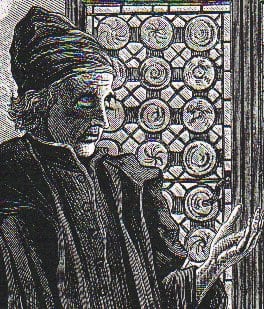
According to the researchers, Hartlieb went to great lengths because he strongly believed that 'women's secrets' should remain just that — secret. In his opinion, regular people, children, and especially women shouldn't be informed about things like contraceptive or abortive plants, libido-altering diets, or vaginal ointments. He thought that such knowledge would inevitably lead to extramarital sex and bring about God's punishment, according to the Medieval scholar.
This doesn't mean that the researchers believe that Hartlieb is the author of the Voynich manuscript. Instead, Hartlieb's beliefs — if they were widespread at the time — provide a cultural context that can help interpret the motives of the Voynich scribes.
In addition to examining Hartlieb's work, the researchers also deciphered many coded writings from the same era.
“The longest was a 21-line cipher from late-medieval northern Italy that obscured a recipe with gynecological uses, including abortion,” Brewer wrote in a blog post for The Conversation.
“We also found many examples of authors self-censoring, or of readers erasing or destroying information in gynaecological and/or sexological texts. Censors would often only obscure a few words, usually genital terms or plant names in recipes — but sometimes they would remove entire pages or chapters.”
“One Bavarian manuscript includes recipes for invisibility and magic spells for sexually coercing women, after which two pages have been removed. The censor writes this removal was done ‘not without reason’.”
Old gynecology
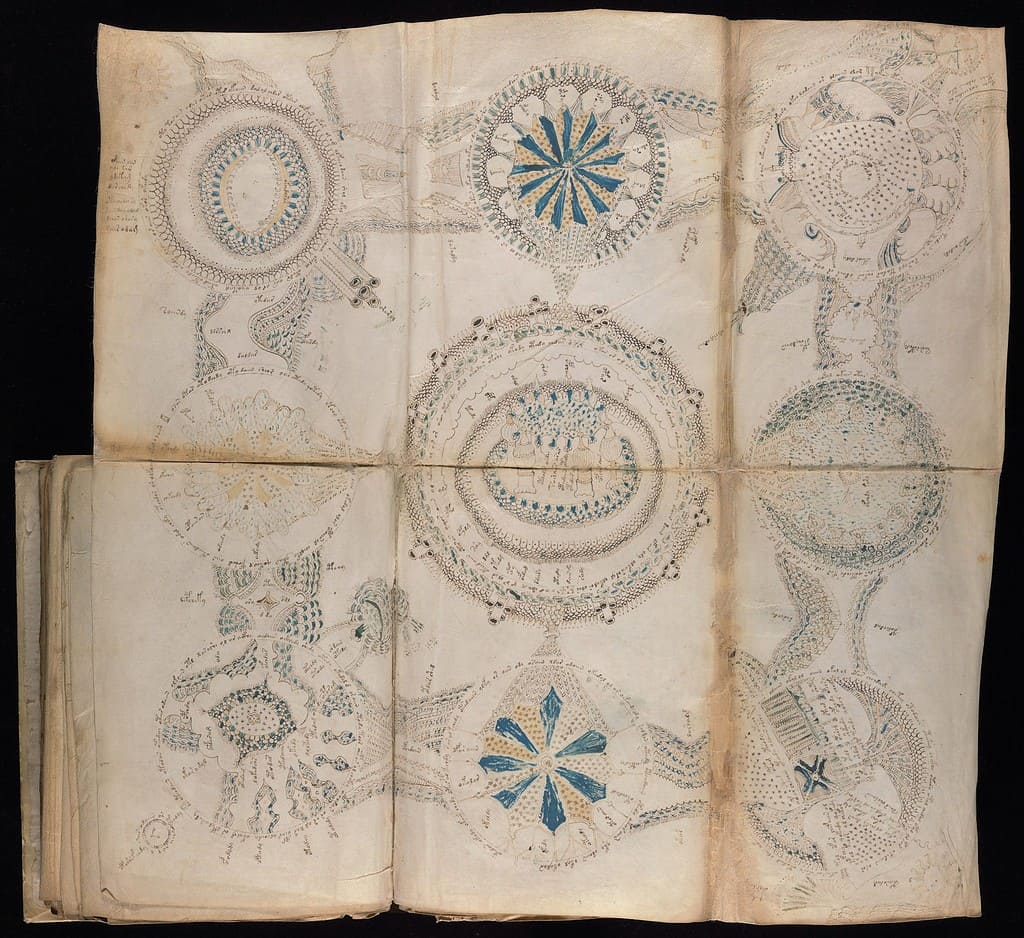
By examining the Voynich manuscript in light of late-medieval medical beliefs and societal norms, researchers argue that the Rosettes diagram — the manuscript's biggest and most intricate drawing — depicts the female reproductive anatomy.
Centuries ago, Medieval physicians believed that the uterus had seven chambers and the vagina had two openings. We've certainly made progress since then. But the key point is that the Rosettes, comprised of nine circles, might have been used to illustrate this early understanding of female internal anatomy.
“Abu Bakr Al-Rāzī, a Persian physician who influenced late-medieval European medicine, wrote that five small veins exist in the vaginas of virgins. We see these running from the top-left circle towards the center,” Brewer wrote.
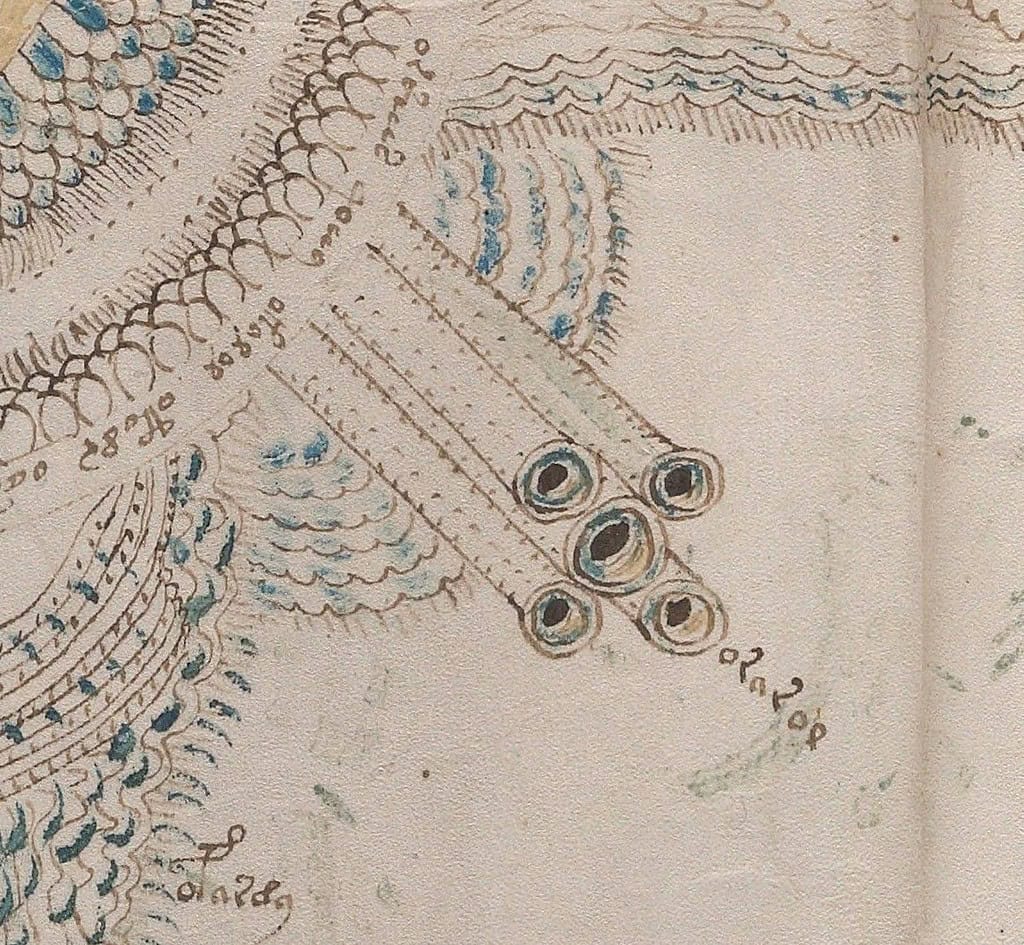
Furthermore, the diagram appears to contain elements symbolizing various reproductive theories of that time. For instance, it may portray the interaction of male and female 'sperms' — believed to be necessary for conception — and the influence of natural forces like the sun on embryonic development. It was also believed that the uterus had two horns or spikes, which are depicted on the top-right and bottom-right circles of the Rosettes.
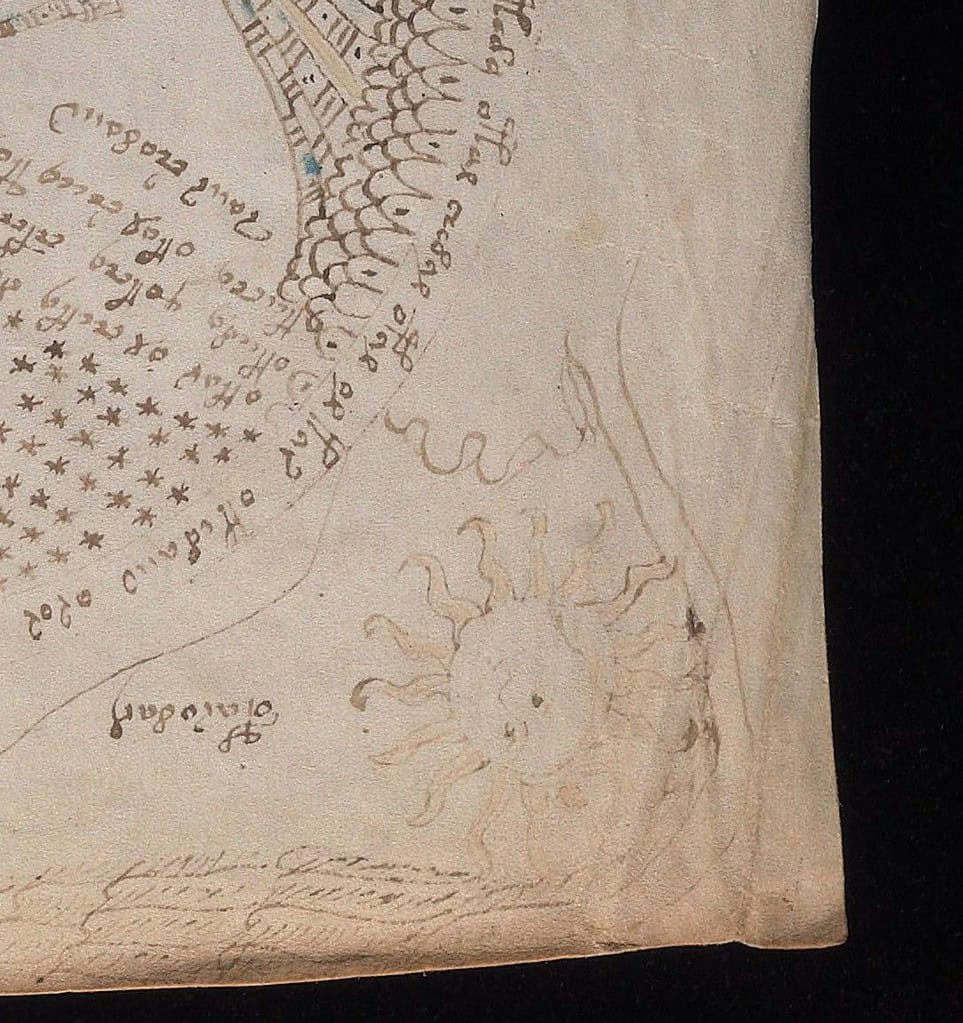
Although much of the Voynich manuscript is still a mystery, this new explanation encourages further academic investigation and could lead to a deeper comprehension of this enigmatic text.
In other Voynich-related developments, in 2018 researchers utilized AI to analyze the encrypted manuscript and determined it is written in a secret form of Hebrew.
The recent discoveries were published in the journal Social History of Medicine.
BONUS: Check out our gallery of Codex Seraphinianus, perhaps the most unusual book in the world. It’s written in a language that doesn’t exist, with plenty of influence from the Voynich Manuscript.





